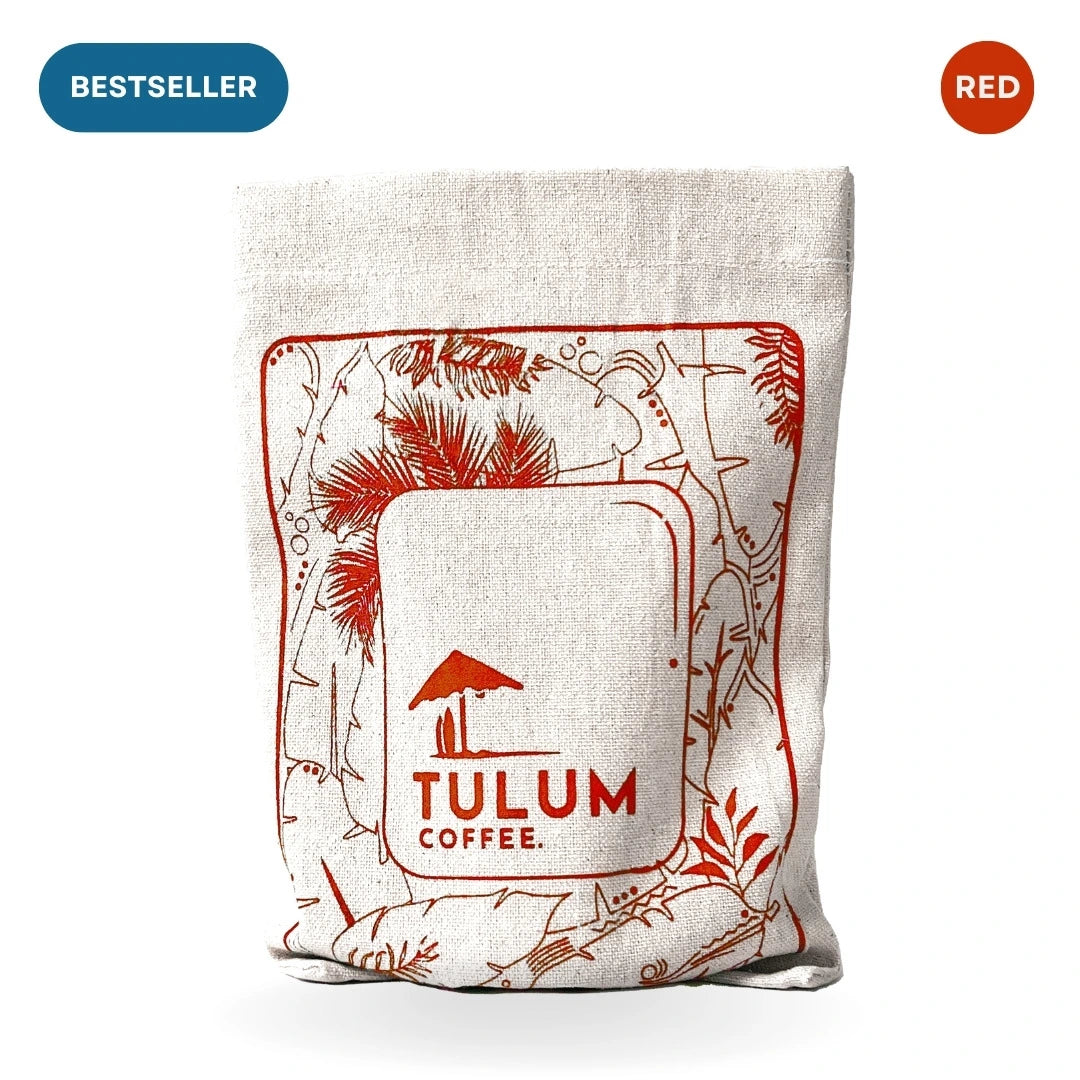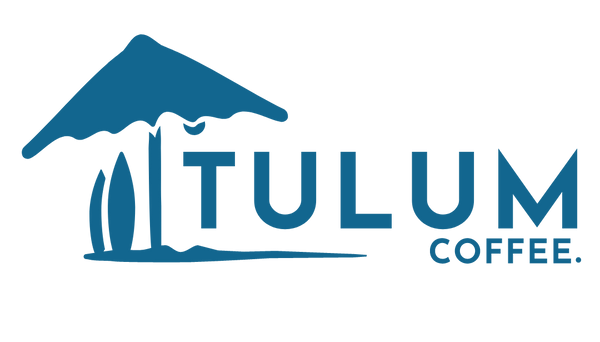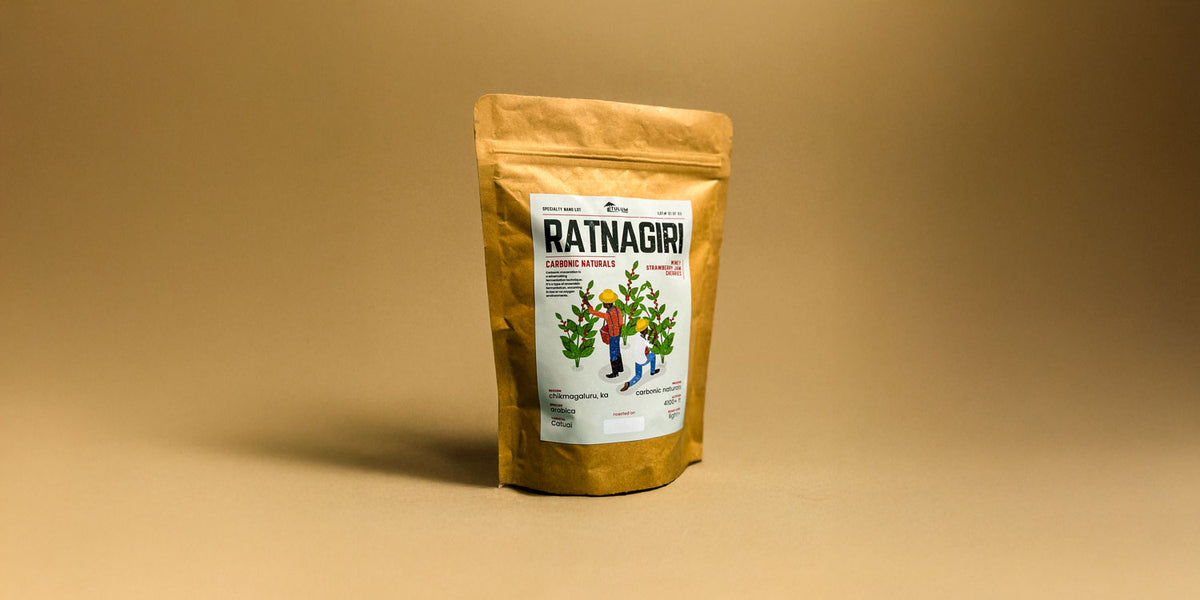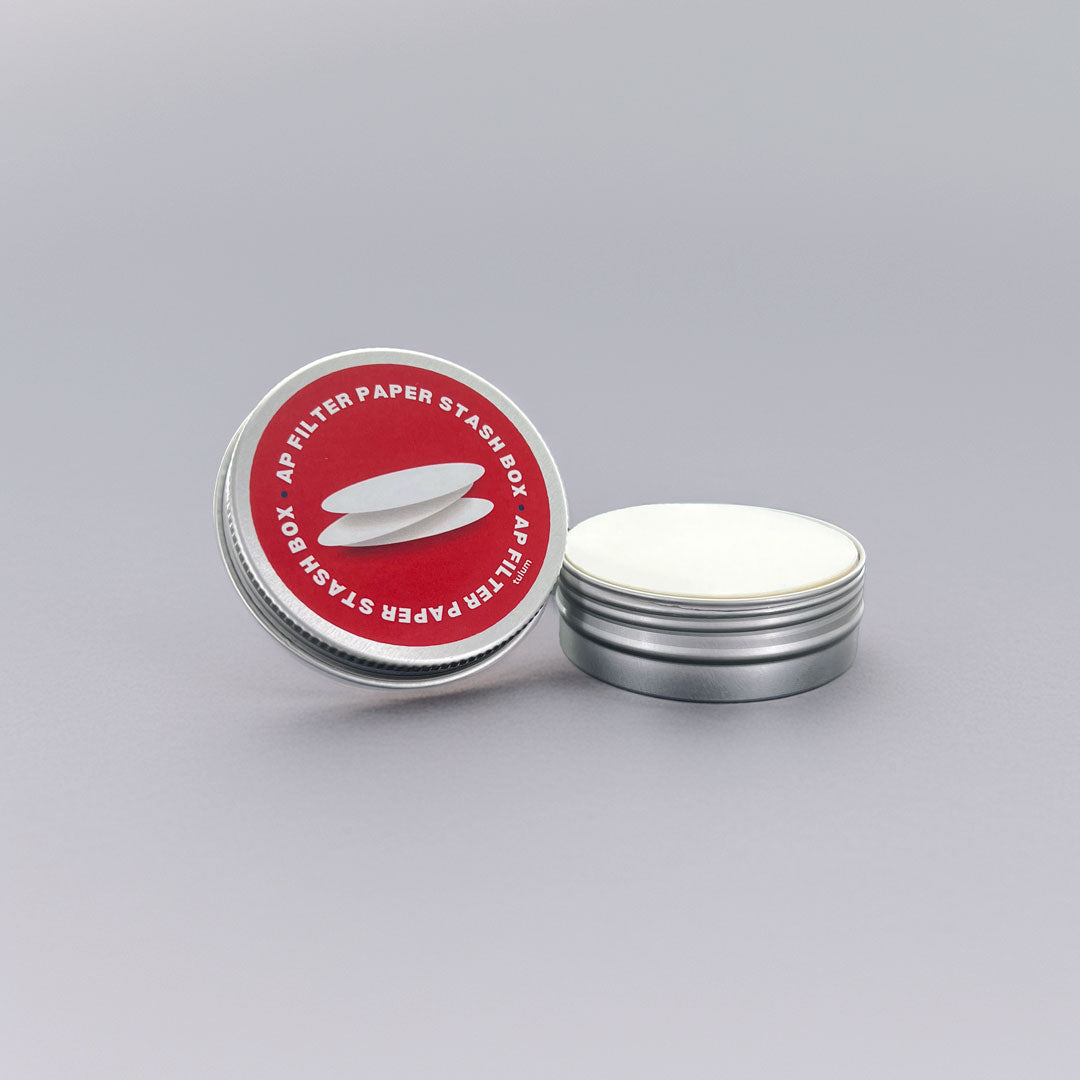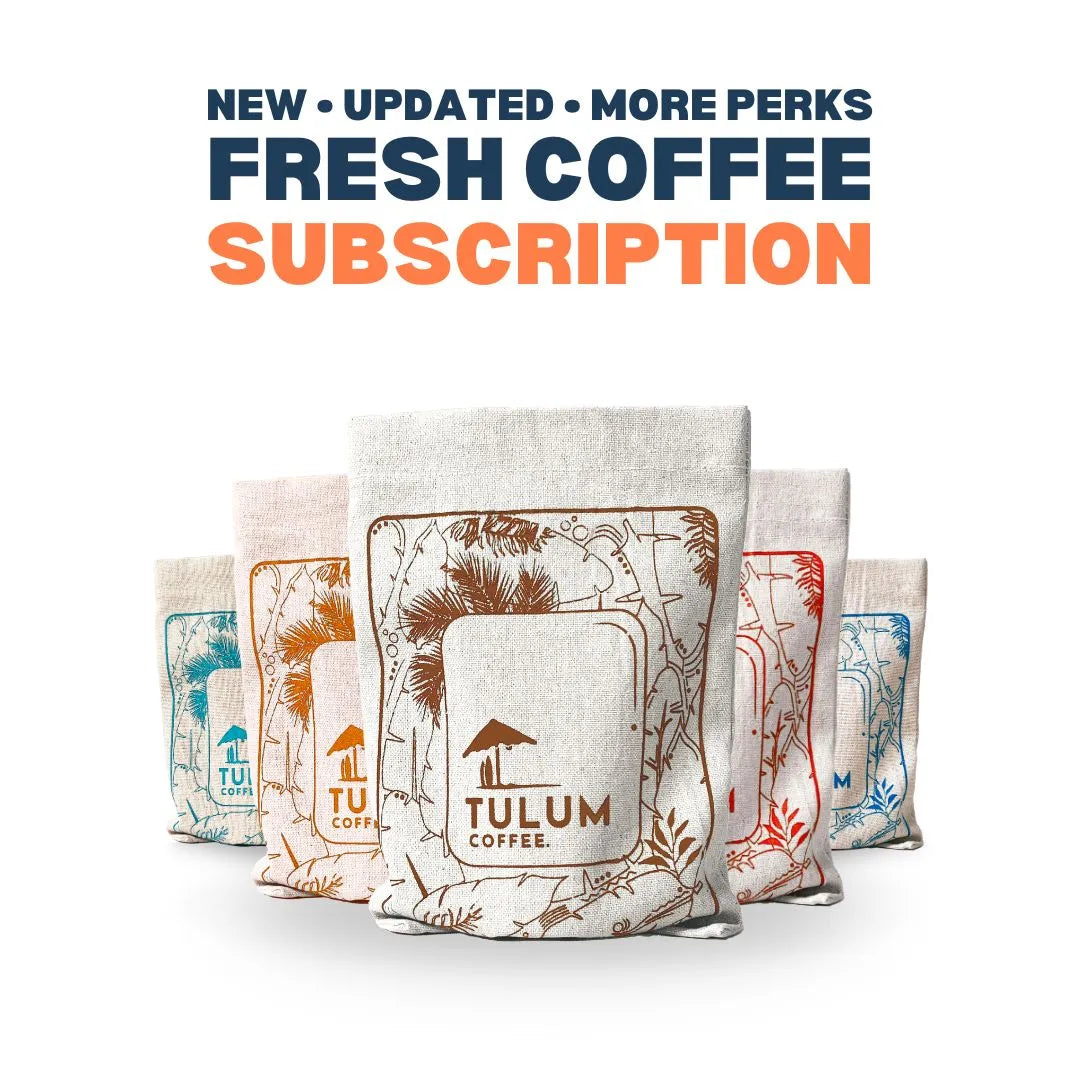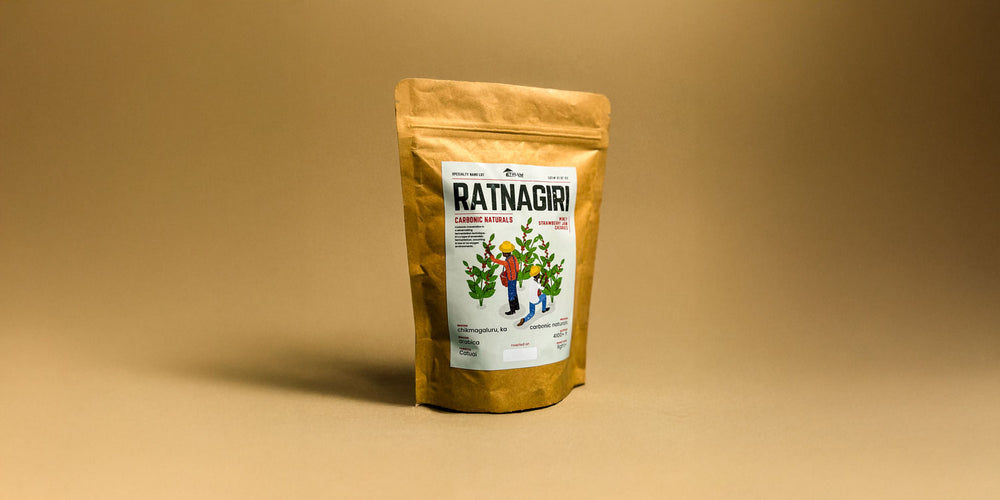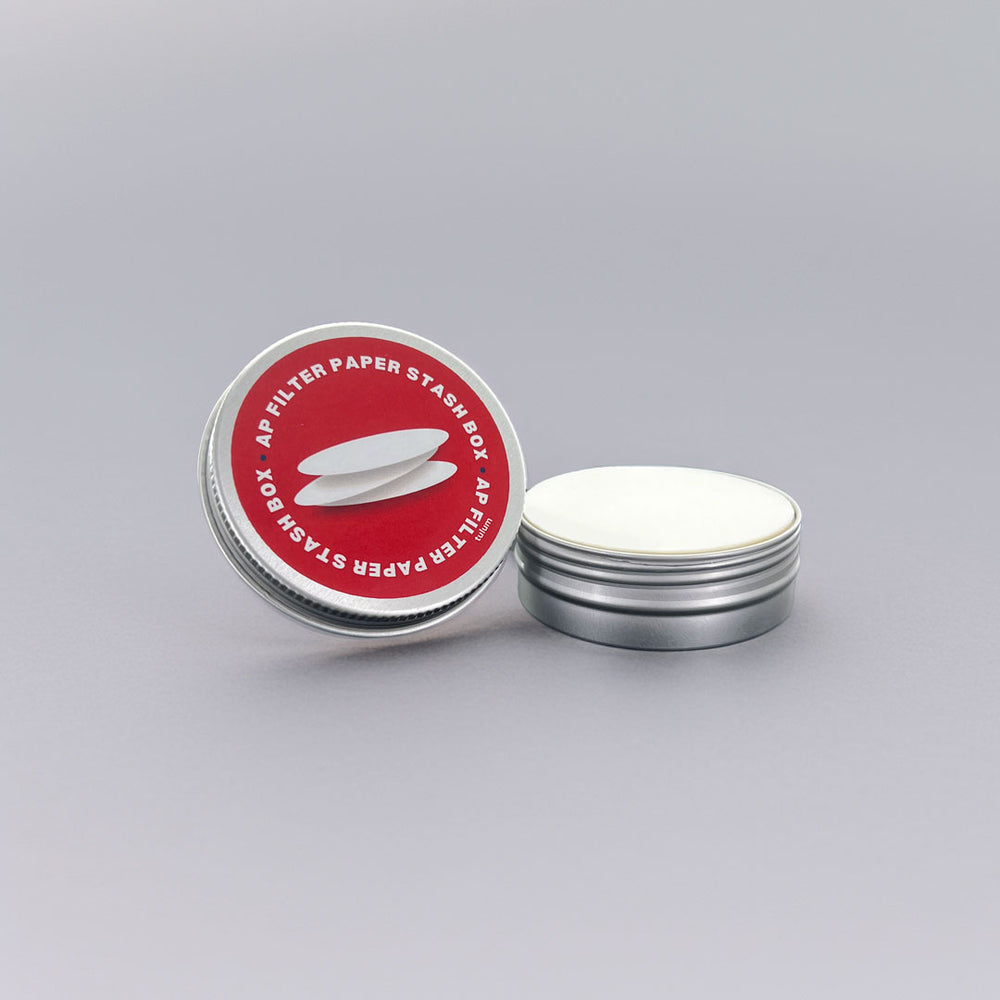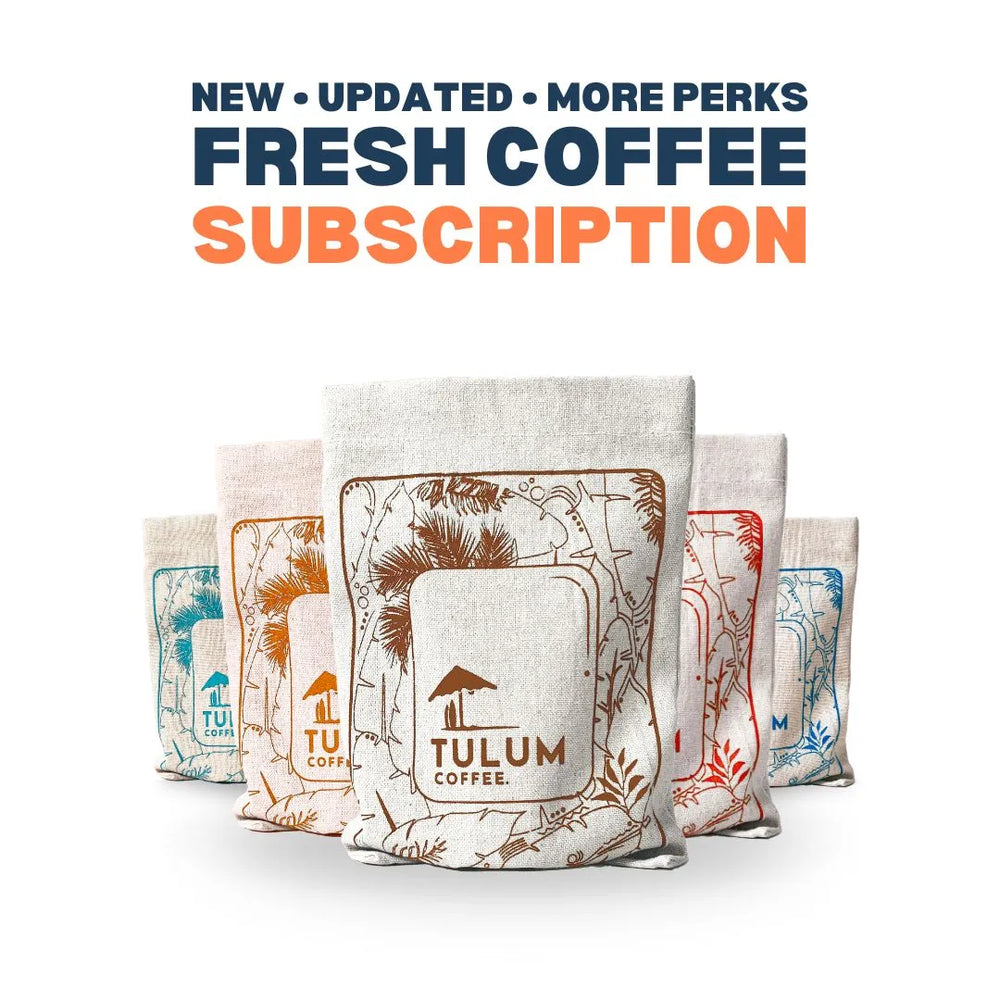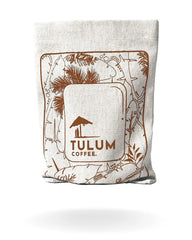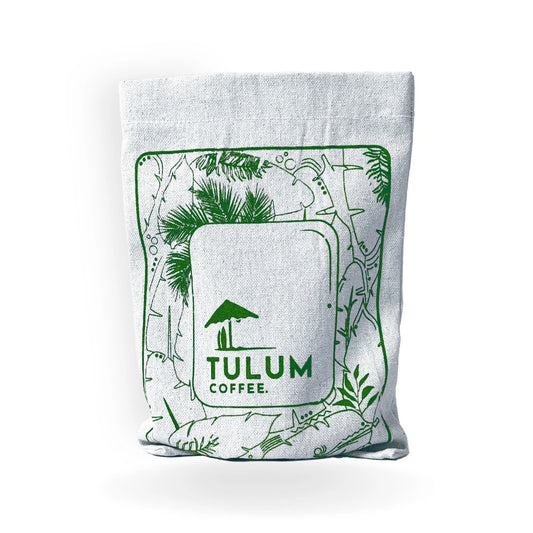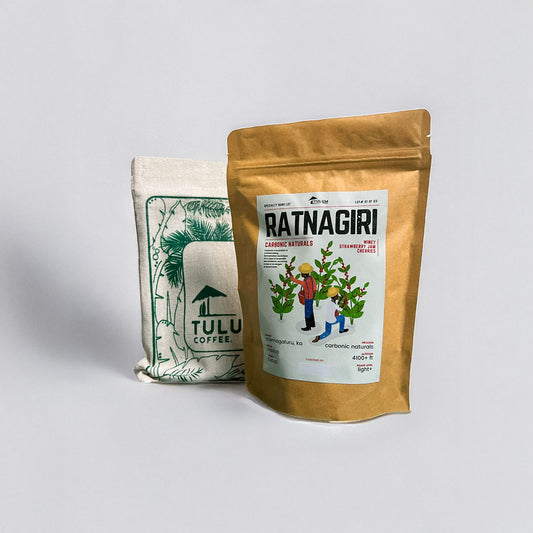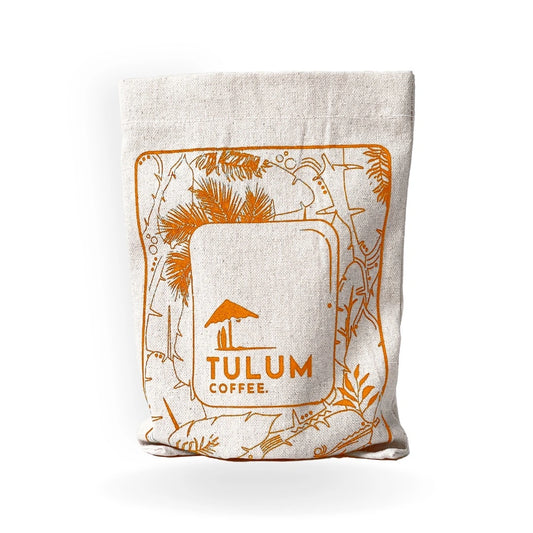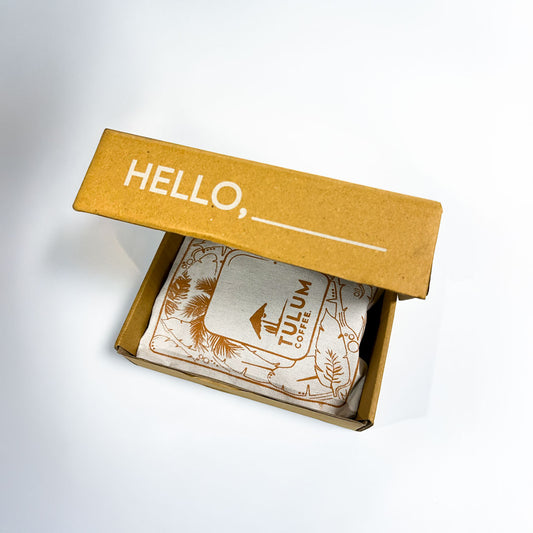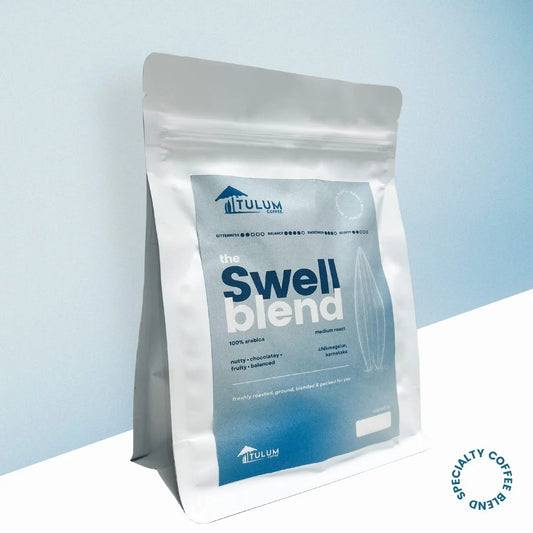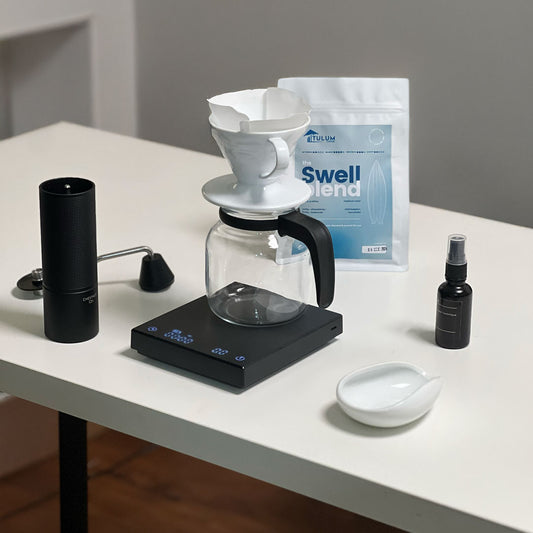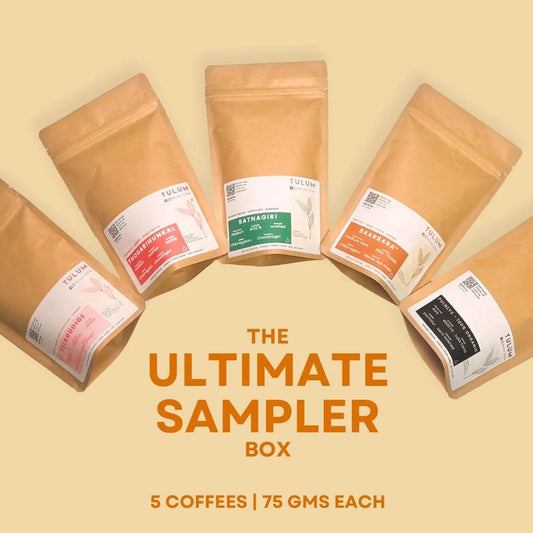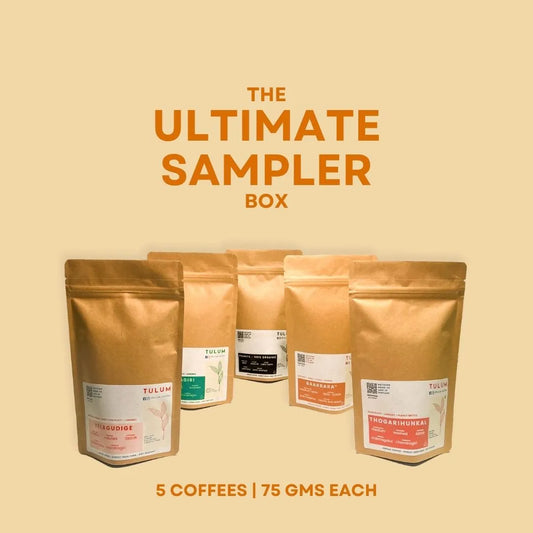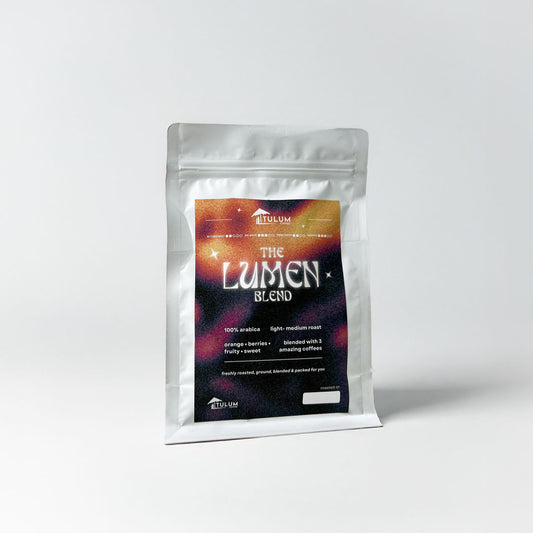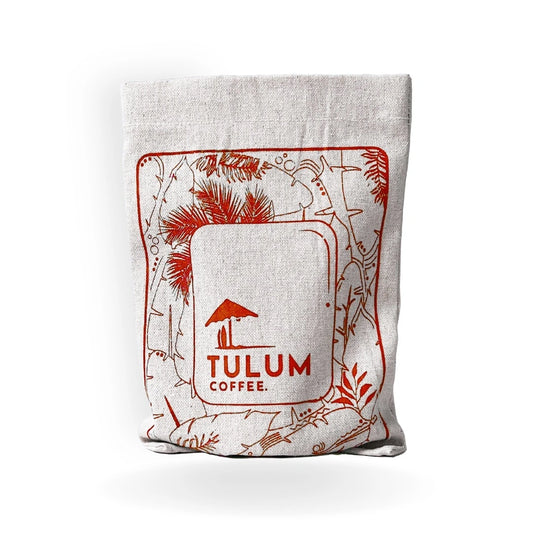Comparing Dark Roast Coffee To Medium Roast Coffee
Share
In the world of coffee, there's a spectrum of flavours and aromas waiting to be explored. Two popular options on this spectrum are dark roast and medium roast coffee. Each offers a unique experience, from bold richness to nuanced complexity. In this blog, we'll delve into the differences between dark roast and medium roast coffee, covering everything from flavour profiles to caffeine content and beyond.
Understanding Dark Roast Coffee
Dark roast coffee is known for its bold and intense flavour profile. To achieve this, the coffee beans undergo a longer roasting process, leading to caramelisation of sugars and oils within the beans. As a result, dark roast coffee often boasts a rich, smoky taste with hints of bitterness. The longer roasting time also contributes to a darker colour and oilier surface of the beans.
The Characteristics of Medium Roast Coffee
In contrast, medium roast coffee strikes a balance between flavour and acidity. Medium roast beans are roasted until they reach a reddish-brown colour, preserving more of the bean's natural characteristics compared to darker roasts. This results in a more subtle flavour profile with moderate acidity and a slightly sweeter taste. Medium roast coffee tends to offer a smoother drinking experience compared to dark roast.
Flavour Profile Comparison

When it comes to flavour, Dark roast coffee is often described as bold, robust, and full-bodied. The extended roasting process brings out intense flavours, including notes of chocolate, caramel, and even smokiness. On the other hand, Medium roast coffee offers a more balanced and subtle flavour profile. While still flavourful, medium roast coffee tends to have brighter acidity and may feature notes of fruit, nuts, or spices, depending on the bean's origin.
Caffeine Content: Myth vs. Reality
One common misconception is that dark roast coffee contains less caffeine than medium roast coffee. In reality, the difference in caffeine content between the two is minimal. While the roasting process does affect the chemical composition of the beans, it doesn't significantly alter caffeine levels. However, darker roasts may appear stronger due to their bold flavours, leading to the perception of higher caffeine content.
Acidity Levels: A Matter of Taste
Another factor to consider is acidity. Dark roast coffee tends to have lower acidity compared to medium roast coffee. The longer roasting time results in a smoother, less acidic brew that may be easier on the stomach for some individuals. In contrast, medium roast coffee retains more of the bean's natural acidity, contributing to a brighter, tangier flavour profile. Acidity levels can influence taste preference, with some coffee drinkers preferring the boldness of dark roast while others favour the brightness of medium roast.
Body and Mouthfeel
The body and mouthfeel of coffee refer to its texture and sensation in the mouth. Dark roast coffee typically has a heavier body and thicker mouthfeel, creating a rich and velvety drinking experience. In contrast, medium roast coffee tends to be lighter-bodied with a crisper mouthfeel. The difference in body and mouthfeel can impact the overall drinking experience, with some individuals preferring the full-bodied richness of dark roast while others enjoy the lighter, more refreshing qualities of medium roast.
Brewing Methods and Recommendations

Both dark roast and medium roast coffee can be brewed using a variety of methods, including drip, French press, pour-over, and espresso. The optimal brewing method may vary depending on personal preference and desired flavour profile. For dark roast coffee, methods like French press or espresso can accentuate its bold flavours, while medium roast coffee shines in drip coffee makers or pour-over setups, allowing its subtle flavours to come through.
Popular Varieties and Origins
There is a wide range of dark and medium roast coffee varieties available, each with its own unique flavour profile and characteristics. Popular dark roast coffee varieties include Italian roast, French roast, and espresso roast, known for their intense flavours and bold richness. On the other hand, medium roast coffee varieties such as Colombian, Ethiopian, and Costa Rican beans offer a more balanced and nuanced drinking experience, with flavours ranging from fruity and floral to nutty and chocolatey.
Health Benefits and Considerations
Coffee, regardless of roast level, has been associated with various health benefits when consumed in moderation. These benefits may include improved cognitive function, increased metabolism, and reduced risk of certain diseases such as Parkinson's disease and type 2 diabetes. However, it's essential to be mindful of individual tolerance levels and avoid excessive caffeine consumption, which can lead to adverse effects such as insomnia, jitteriness, and increased heart rate.
Taste Preference: Personal and Subjective
Ultimately, the choice between dark roast and medium roast coffee comes down to personal preference. Some individuals may prefer the bold intensity of dark roast coffee, while others may gravitate towards the balanced complexity of medium roast. Taste preference can be influenced by factors such as roast level, bean origin, brewing method, and individual palate sensitivity. Experimenting with different coffees and brewing techniques is the best way to discover your preferred flavour profile.
Environmental Impact and Sustainability
When choosing coffee, it's essential to consider the environmental impact of production and sourcing practices. Sustainable and ethical coffee farming practices can help minimise deforestation, conserve water resources, and support local communities. Look for certifications such as Fair Trade, Rainforest Alliance, or USDA Organic to ensure that your coffee has been produced in an environmentally responsible manner.
Cost Comparison: Quality vs. Price
In terms of cost, dark roast coffee is often slightly more expensive than medium roast due to the longer roasting time and perceived higher quality. However, the price difference can vary depending on factors such as brand, bean origin, and production methods. Specialty coffees, regardless of roast level, may command higher prices due to their unique flavour profiles and limited availability. Ultimately, the cost of coffee is subjective, and it's essential to balance quality and price based on your preferences and budget.
Pairing Suggestions: Enhancing the Coffee Experience

Pairing coffee with food can enhance both the flavours of the coffee and the dish. Dark roast coffee pairs well with rich, indulgent foods such as chocolate desserts, grilled meats, and aged cheeses. The bold flavours of dark roast coffee can stand up to the intensity of these dishes, creating a harmonious balance of flavours. On the other hand, medium roast coffee complements lighter fare such as fruit, pastries, and seafood. Its bright acidity and nuanced flavours can enhance the sweetness of desserts or cut through the richness of savoury dishes.
Conclusion: Exploring the World of Coffee
In conclusion, the world of coffee offers a diverse range of flavours and experiences, from the bold richness of dark roast to the balanced complexity of medium roast. Whether you prefer the intense flavours of dark roast coffee or the nuanced profiles of medium roast coffee, there's a coffee variety to suit every palate. By understanding the differences between dark and medium roast coffee, you can make informed choices and explore the rich tapestry of flavours that coffee has to offer.
